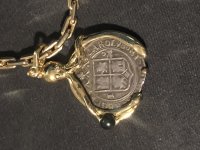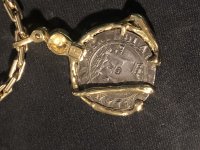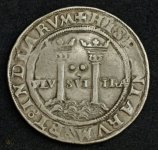I am a student at SUNY Maritime researching a coin in my possession. My father tells me it was found near the Cayman islands, i did some research and believe it is a Spanish Colonial Silver Reales Coin(Pillar type) If anybody can help with a possible shipwreck it would be found on it would be greatly appreciated.











